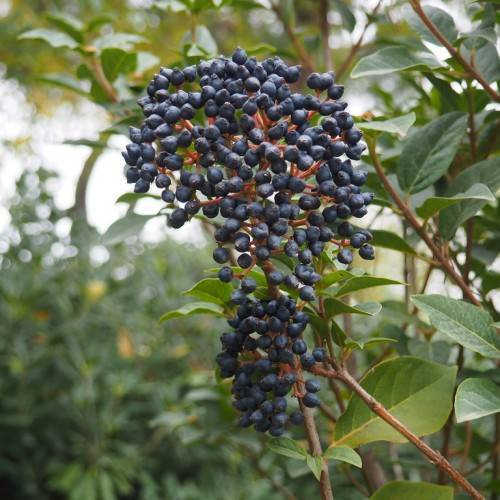
viburnum
Viburnum bracteatum 'Smvdbl' ALL THAT GLOWS
Cycle:
Perennial
Watering:
Average
Hardiness Zone:
6 - 8
Flowers:
Flowers
Sun:
Full sun,part shade
Leaf:
Yes
Growth Rate:
Low
Maintenance:
Low
Drought Tolerant:
Yes
Care Level:
Medium
watering
Watering Viburnum bracteatum 'Smvdbl' ALL THAT GLOWS is important for its health and growth. You should water this plant thoroughly whenever the top 2 inches of its soil appears to be dry. During the summer months, you should water twice a week to keep the soil moist. During other times of the year however, once a week will be plenty. Additionally, this particular plant is native to tropical climates, meaning it has a greater need for water than other plants. You should also ensure you provide the plant with enough water to reach the bottom of the pot, as this will help encourage deep and healthy roots. Finally, take care to ensure that your Viburnum bracteatum does not become waterlogged as it can lead to root rot.
sunlight
Viburnum (Viburnum bracteatum 'Smvdbl' ALL THAT GLOWS) grows best when exposed to sunlight for about 4 to 6 hours per day. This should be given in uninterrupted stretches from late morning to early afternoon, with the peak of sunlight occurring around mid-day. Viburnum should receive a few more hours of light during its long growing season. Afternoon sun is preferred, as this will help it harden off before cold winter nights. Keep in mind that Viburnum can tolerate a fair degree of shade, so if its in a semi-shady area, it will do just fine as well.
pruning
For Viburnum bracteatum ' Smvdbl' ALL THAT GLOWS, prune when the plant has finished flowering in spring, and also in early summer to remove any deadwood and encourage a natural shape. Control its size with regular pruning, and prune all stems back to the ground to shape and reduce its size. Avoid pruning in fall and winter. Pruning should be done sparingly—up to 1-third of the shrub should be removed each time. This will help to promote healthy growth, even though the shrub is slow to recover. To promote flowering, pruning should be concentrated on the oldest wood, since the flowers most often form on new wood.
